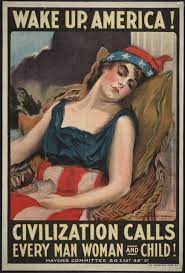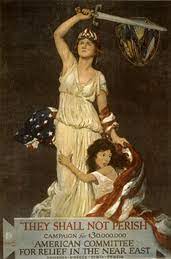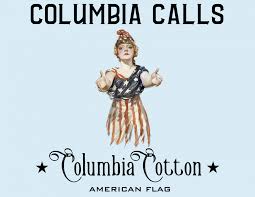
Columbia, often referred to as Lady Columbia, is a powerful symbol and female national personification of the United States. Representing the ideals and aspirations of the nation, Columbia has played a significant role in American iconography and cultural imagery throughout history.
The origins of Columbia can be traced back to the late 18th century, during the early years of the United States. The name “Columbia” is derived from Christopher Columbus, the renowned explorer who is often associated with the discovery of the Americas. The choice of this name was a deliberate homage to Columbus, signifying the connection between the newly formed United States and the spirit of exploration, freedom, and opportunity.
Columbia embodies a range of symbolic meanings. She represents the virtues and values cherished by the American people, such as liberty, justice, equality, and democracy. As a female personification, Columbia stands as a symbol of nurturing and protection, embodying the motherly qualities associated with the nation. Her presence serves to inspire unity, strength, and patriotism among the American populace.
In visual representations, Columbia is often portrayed as a dignified and regal figure. She is depicted wearing a classical robe or gown, adorned with stars and stripes, reminiscent of the American flag. Her headdress often features a laurel wreath, representing victory and achievement. Additionally, she may be depicted carrying a shield, a symbol of protection, or a torch, symbolizing enlightenment and progress.
Throughout American history, Columbia has been featured in numerous political cartoons, paintings, and sculptures, becoming an integral part of the nation’s artistic and cultural heritage. Her image has been used to evoke patriotism and national pride during times of war and crisis. Notably, Columbia’s image was prevalent during the American Revolution, serving as a rallying symbol for the colonists’ fight for independence.
Columbia’s symbolic presence extended beyond visual representations. She was invoked in political speeches, literature, and songs, embodying the ideals of the American Dream and serving as a source of inspiration for generations of Americans. Her image was also frequently used in the suffrage movement, advocating for women’s rights and gender equality.
Over time, Columbia’s prominence in American symbolism has diminished, giving way to other iconic figures such as Uncle Sam and the American bald eagle. However, her legacy remains significant, and elements of her symbolism continue to influence the collective imagination of the nation.



See also:
